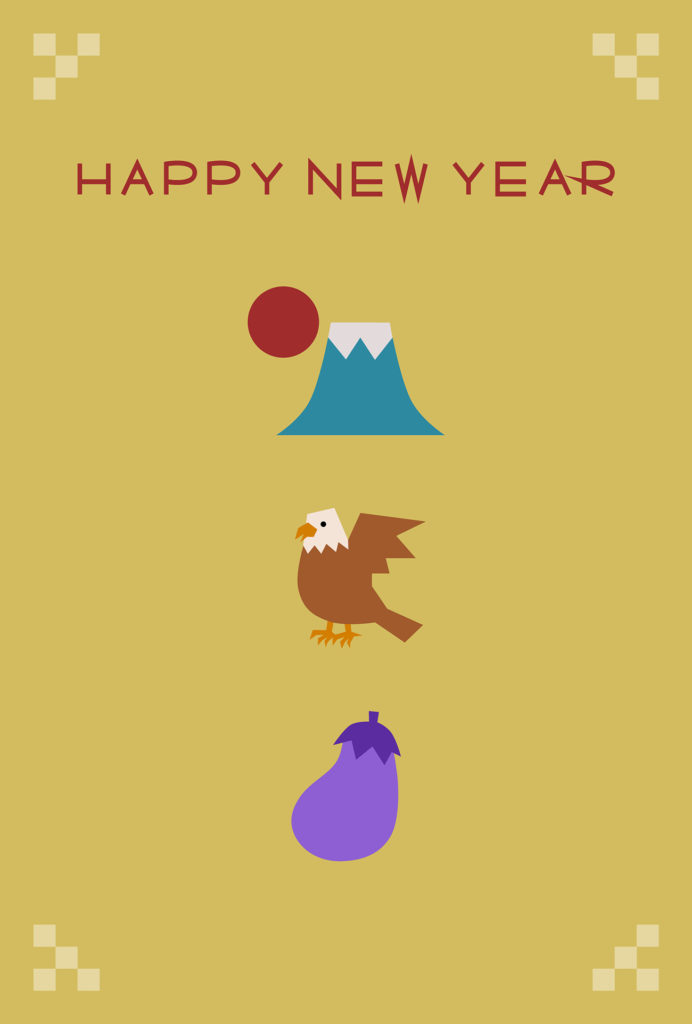
Hatsuyume: The First Dream of the Year
Japanese culture is uniquely ties to superstitious beliefs with most of the folklore having roots that can be traced to local customs. Many of the beliefs and are meant to offer practical advice from lessons learned throughout Japan’s long history.
Shōgatsu or the New Year is one of Japan’s most important holidays. A lot of Japanese businesses close for the holiday so that families can spend time together. The Japanese have a way of celebrating the end of a year and the beginning of a new one with many unique customs and traditions.
Mount Fuji in autumn
What’s in a dream
The first dream a person has in the new year or hatsuyume (初夢) in Japanese culture, would predict the luck of the dreamer in the coming year. Like in many countries, New Year’s eve is spent in celebration resulting in hatsuyume often being experienced on the night of the 1st of January. As a result, the day after the night of the “first dream” is known as hatsuyume, the 2nd day of January in the Gregorian calendar.
Sweet dreams are made of Mount Fuji, hawks and eggplants
The Japanese take hatsuyume quite seriously and certain images or themes of dreams in the next two to three days of the New Year are traditionally considered and omen of what to expect for the coming year. The best dreams to hope for hatsuyume are Mount Fuji, a hawk and an eggplant.
Mount Fuji is Japan’s highest mountain, the hawk is considered to be a clever and strong bird, and the word for eggplant (茄子 nasu or nasubi) implies achieving something great. A theory suggests the combination of the favored three Mount Fuji, falconry and eggplants were favorites of the first shogun of the Edo period (1603-1868), Tokugawa Ieyasu. Other favored objects for hatsuyume include a fan, tobacco and blind acupressure. But origins of the latter three are still unclear.
Whatever dreams may come, only you can make it a reality.



